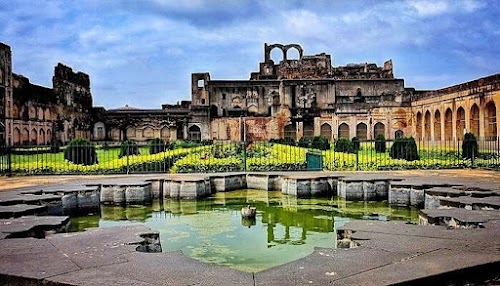
Discover Incredible Places in Bidar
Explore our handpicked collection of breathtaking destinations across India
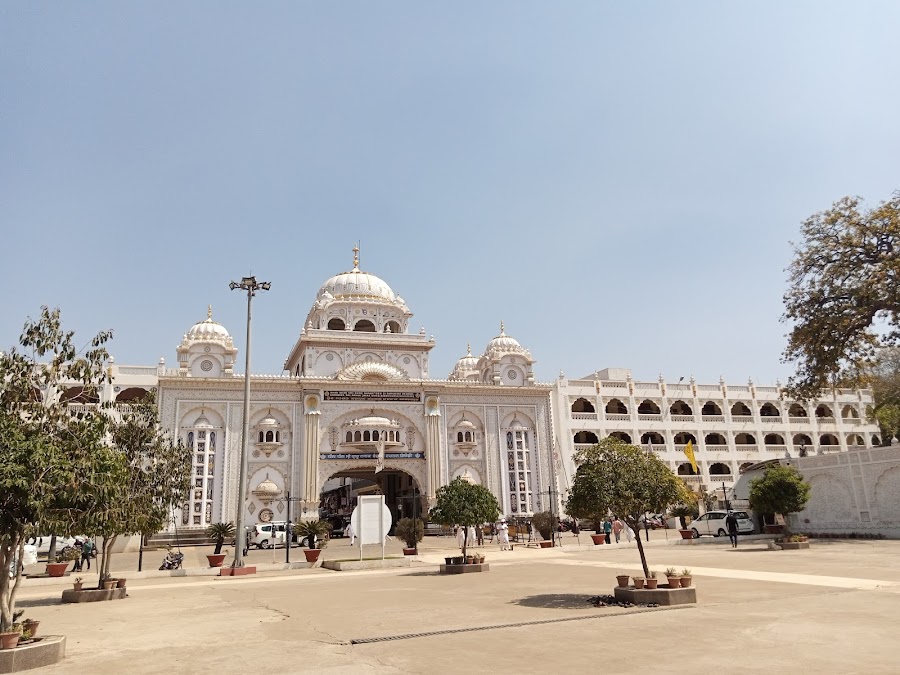
Gurudwara Nanak Jhira Sahib
Gurudwara Nanak Jhira Sahib is a prominent Sikh shrine located in Bidar, Karnataka, India. It is dedicated to Guru Nanak, the founder of Sikhism, who visited Bidar during his travels (Udasis). The gurudwara is known for its sacred spring of water, believed to have been created by Guru Nanak himself. Pilgrims from all over the world visit this holy place to seek blessings and experience the spiritual ambiance. The complex includes a large darbar hall, a langar hall (community kitchen), and a museum showcasing Sikh history and artifacts. The serene atmosphere and the architectural beauty of the gurudwara make it a must-visit destination for those seeking peace and spiritual solace.
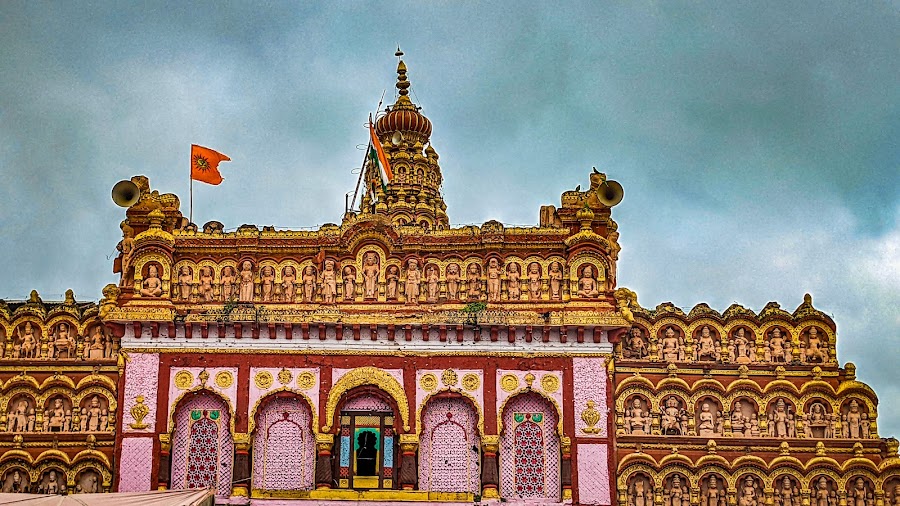
Veerabhadra Temple Humnabad
The Veerabhadra Temple in Humnabad, Bidar, is a captivating example of Vijayanagara architecture. Dedicated to Lord Veerabhadra, a fierce form of Lord Shiva, the temple boasts intricate carvings, imposing pillars, and a serene atmosphere. The temple complex includes shrines dedicated to other deities, adding to its spiritual significance. Visitors are drawn to its artistic details, religious importance, and the sense of peace it offers. The annual fair attracts devotees from far and wide, showcasing the temple's enduring cultural relevance. It is a must-visit destination for those interested in history, architecture, and spirituality, providing a glimpse into the region's rich heritage.
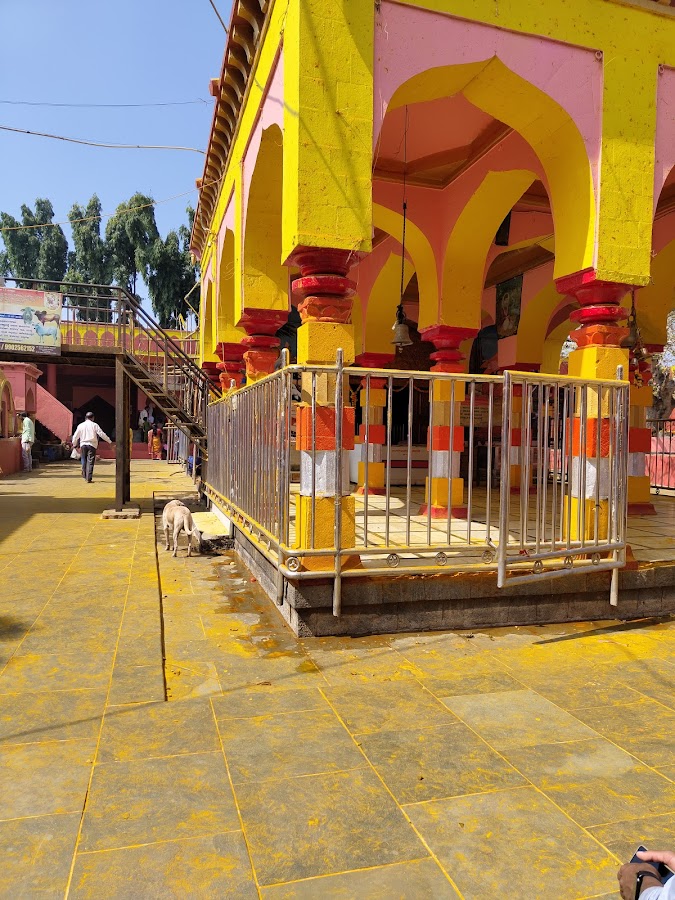
Mailar Mallanna Temple
The Mailar Mallanna Temple in Bidar is a significant religious site dedicated to Lord Mallanna, a form of Lord Shiva, and his consort Goddess Mahalasa. The temple complex is known for its vibrant atmosphere, especially during the annual fair, where devotees gather to offer prayers and participate in traditional rituals. The architecture reflects a blend of local and regional styles, with intricate carvings and sculptures adorning the temple walls. The temple provides a serene and spiritual experience, attracting pilgrims and tourists alike. The surrounding landscape adds to the charm, making it a worthwhile destination for those seeking cultural and religious immersion. Local vendors offer religious items and souvenirs, enhancing the overall experience.
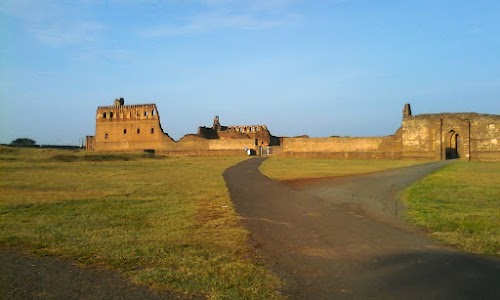
Diwan-i-Khas
The Diwan-i-Khas, or Hall of Private Audience, in Bidar Fort, is an exquisite example of Indo-Islamic architecture. This relatively small, but intricately decorated hall, served as a space for the Sultan to conduct private meetings with dignitaries and advisors. The hall showcases remarkable stucco work, including floral and geometric patterns, reflecting the artistic prowess of the Bahmani and Barid Shahi dynasties. The delicate carvings and the overall ambiance transport visitors back to a time of royal grandeur and political intrigue. It's a must-see for anyone interested in history, architecture, and the cultural heritage of the Deccan region. The Diwan-i-Khas offers a glimpse into the opulence and sophistication of medieval court life.
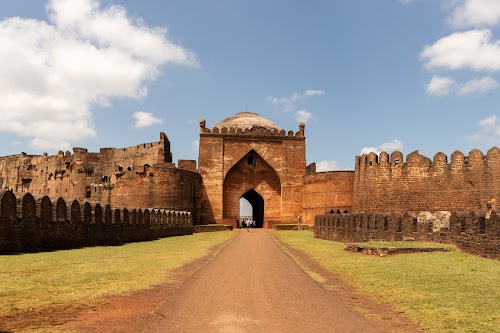
Bidar Fort
Bidar Fort, a majestic historical edifice in Bidar, Karnataka, is a testament to the region's rich past. The fort complex houses numerous structures like palaces, mosques, and gardens, showcasing a blend of Persian, Turkish, and Indian architectural styles. Its imposing gateways, intricate carvings, and extensive fortifications offer a captivating glimpse into the bygone era. Explore the Tarkash Mahal, Gagan Mahal, and the Solah Khamba Mosque, each with its unique charm and historical significance. The fort provides panoramic views of the surrounding landscape, making it a photographer's paradise. A visit to Bidar Fort is a journey through time, offering a profound understanding of the Deccan's cultural heritage.
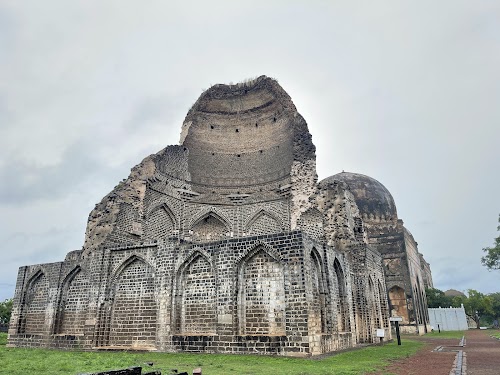
Bahmani Tombs
The Bahmani Tombs in Bidar are a captivating collection of mausoleums showcasing the grandeur of the Bahmani Sultanate. These imposing structures, with their distinct Persian architectural influences, offer a glimpse into the rich history and artistic legacy of the region. The tombs are characterized by their large domes, intricate stucco work, and expansive courtyards. Exploring this historical site provides a fascinating journey through time, allowing visitors to appreciate the architectural brilliance and cultural significance of the Bahmani dynasty. The complex is relatively peaceful, offering a serene environment for reflection and historical appreciation. Don't miss the chance to wander through these majestic structures and imagine the lives of the rulers who once commanded this region.
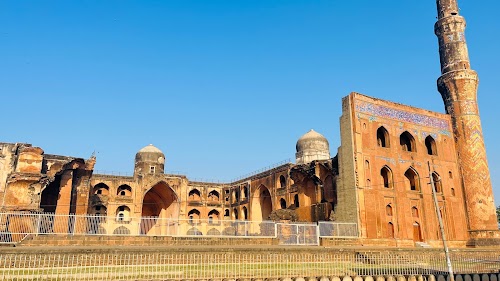
Mahmud Gawan Madrasa
The Mahmud Gawan Madrasa in Bidar is an imposing structure that stands as a testament to the architectural prowess of the Bahmani Sultanate. This 15th-century theological college is renowned for its stunning Persian-style architecture, characterized by intricate tile work, grand arches, and towering minarets. While some of the tile work has faded with time, the sheer scale and remaining details offer a glimpse into the grandeur of its past. Visitors can explore the large courtyard, classrooms, library, and prayer hall, imagining the vibrant intellectual life that once thrived within these walls. The Madrasa is a must-see for history buffs and architecture enthusiasts alike, providing a unique window into the Deccan's rich cultural heritage.
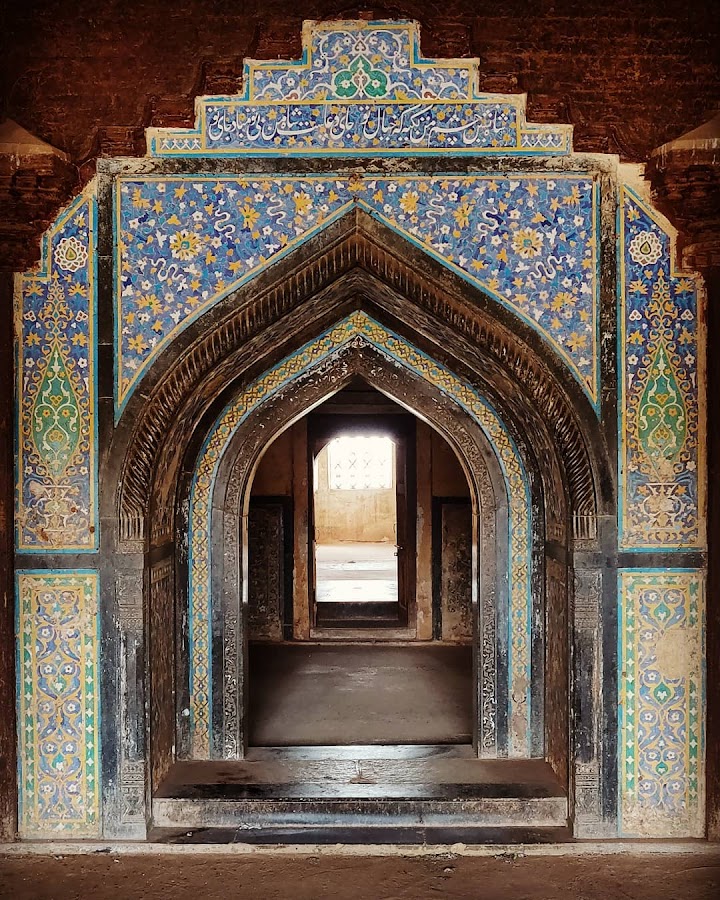
Rangeen Mahal
Rangeen Mahal, meaning 'Colorful Palace,' is a captivating structure within the Bidar Fort complex. Known for its exquisite wood carvings and intricate tile work, it offers a glimpse into the opulent lifestyle of the Bahmani and Barid Shahi rulers. The palace showcases a blend of Persian and Indian architectural styles, with its walls adorned with vibrant colors and ornate designs. The delicate craftsmanship and the serene ambiance make it a must-visit destination for history enthusiasts and art lovers. Exploring Rangeen Mahal is like stepping back in time, allowing visitors to appreciate the artistic brilliance of a bygone era.
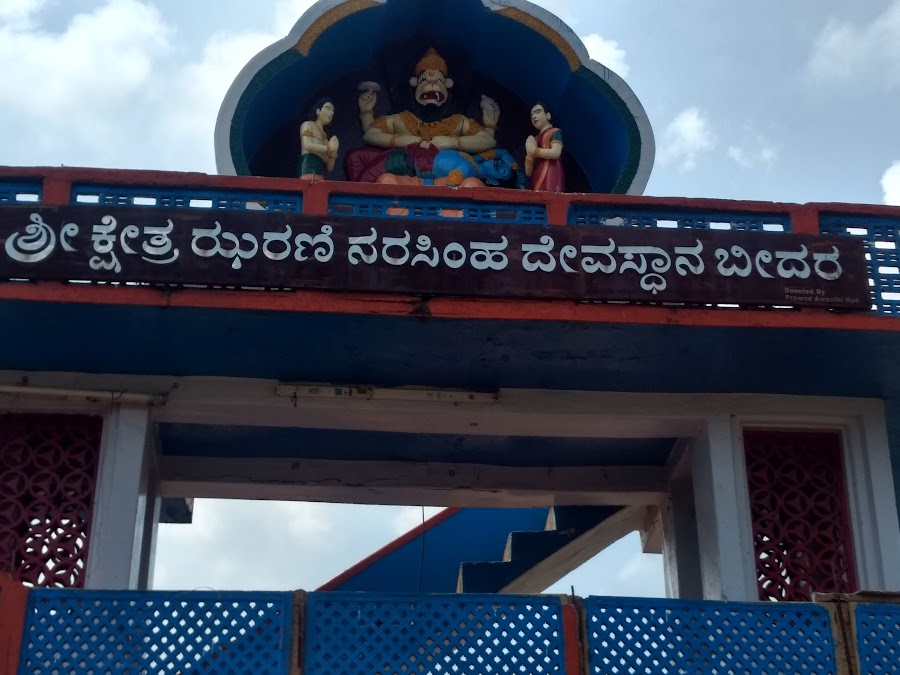
Narasimha Jharani Cave Temple
Narasimha Jharani Cave Temple, also known as Jharani Narasimha, is a unique and adventurous pilgrimage site located in Bidar, Karnataka. The temple is carved inside a natural cave, and the main deity, Lord Narasimha, is enshrined at the end of a tunnel. Pilgrims must wade through a tunnel of water that is approximately 4-5 feet deep to reach the deity. This water is believed to have medicinal properties. The cave is also home to a large number of bats, adding to the unique experience. The temple is a popular destination for devotees seeking blessings and a thrilling spiritual experience. Remember to carry a change of clothes!